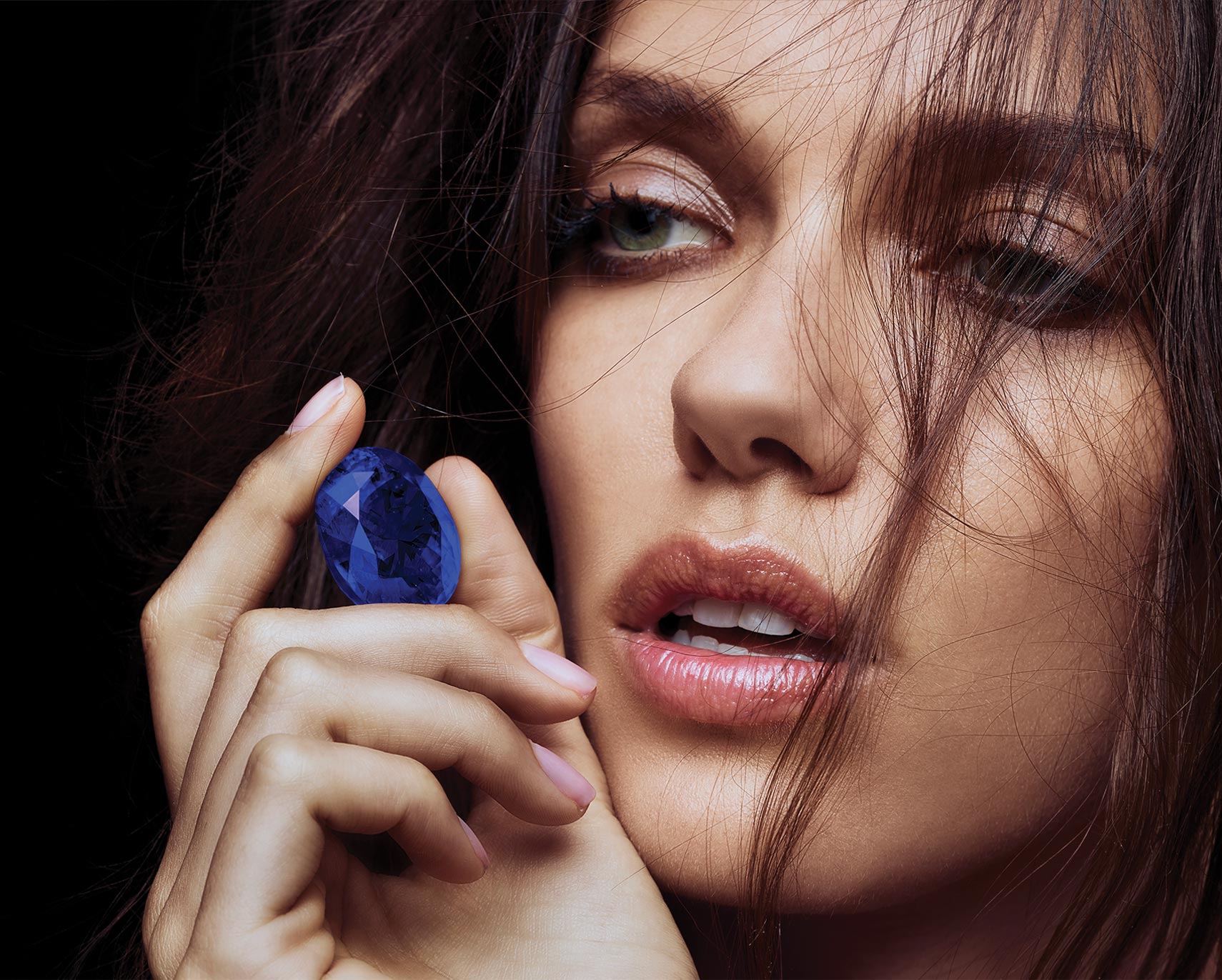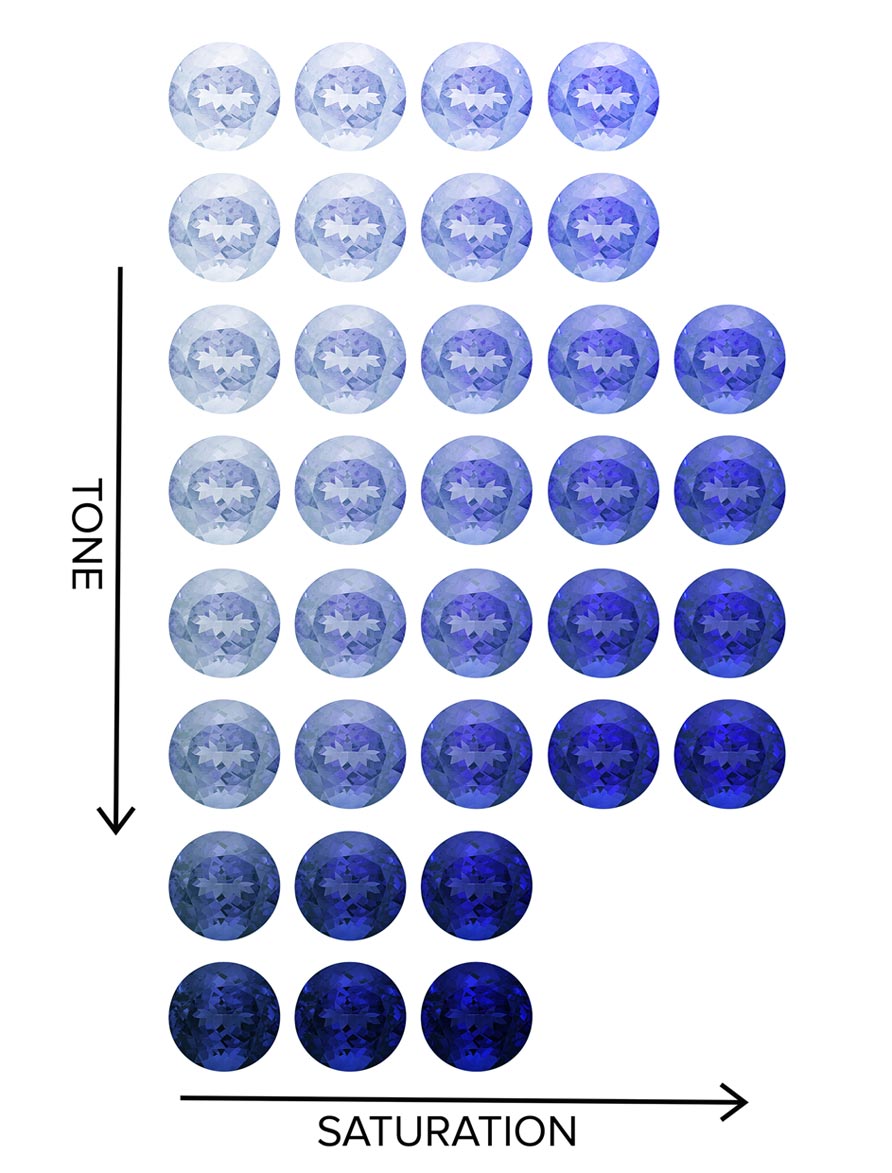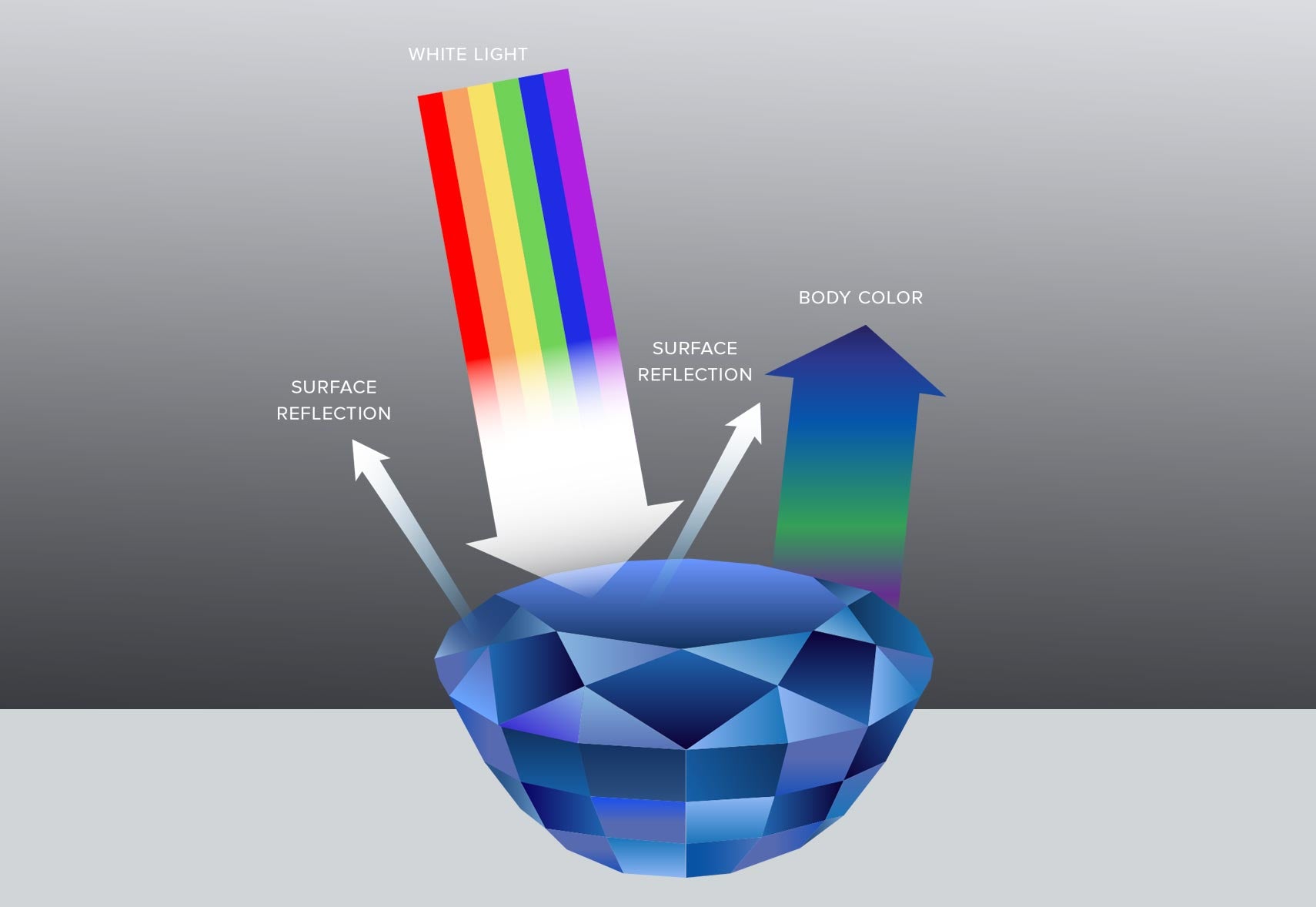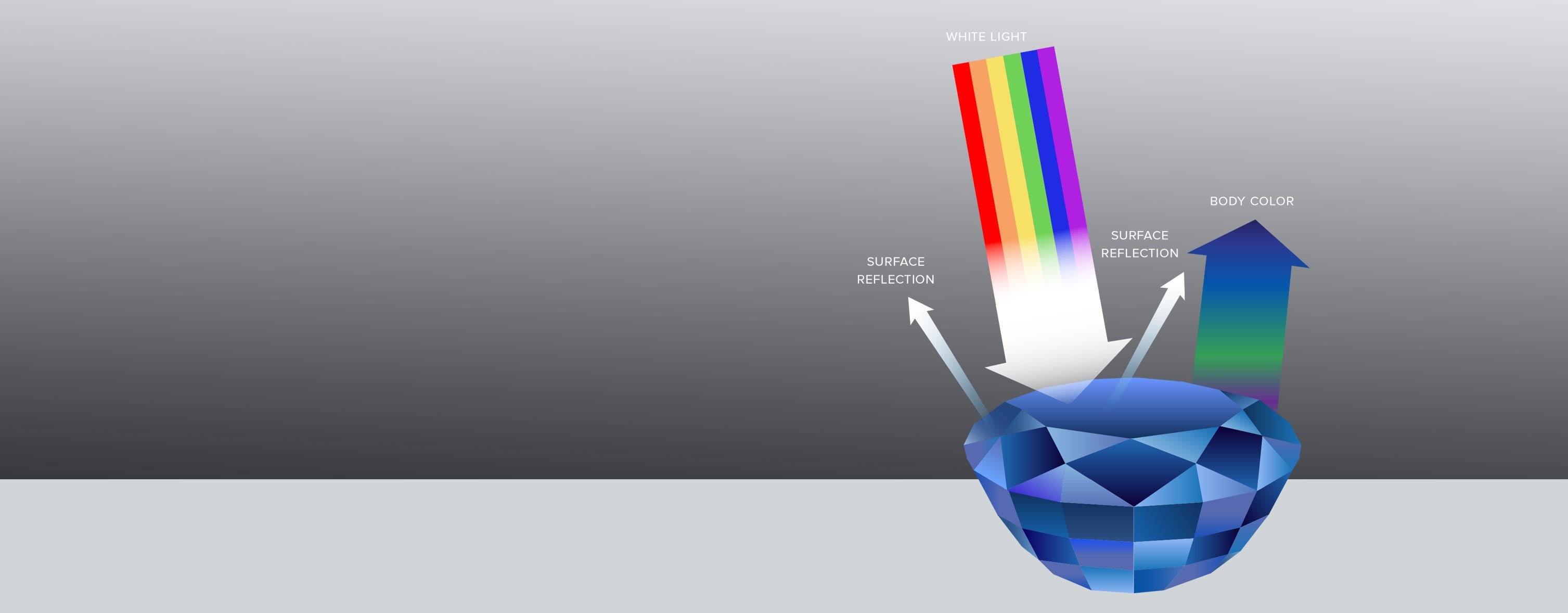Tanzanite Ranges from Deep Blue to Voilet with Flashes of Fuschia.
Safi Kilima Tanzanite radiates in three different colors, making it a trichroic stone. No two stones are the same and our one-of-a-kind couture pieces are in a class by itself. The greater the tone and more saturated color is worth 10x more than the least saturated stone.


Grading Tanzanite
Tanzanite is graded according to the 4 C’s; Color, Cut, Clarity and Carat Weight. The higher the combination of these characteristics; the rarer and more valuable the tanzanite stone.
COLOR
Refers to the overall body color. The finest Safi Kilima Tanzanite can either be bluish or a violetish blue. The more saturated the blue or violet color the more valuable the gem is. Avoid pale and grayish tanzanite.
CLARITY
Tanzanite is generally a very clean gemstone. Big inclusions dramatically reduce its value.
CUT
Refers to proportions an finish. A well cut tanzanite ensures the most brilliance and overall beauty of the gem.
CARAT
WEIGHT Similar to diamonds, carat weight is the unit of measure to determine weight. Five carat Safi Kilima Tanzanite and larger, truly show the most saturated colors of tanzanite.

HUE: Overall body color of a stone.
TONE: Degree of darkness or lightness of a color.
SATURATION: Color’s strength or intensity.


What is Trichroism?
Tanzanite is strongly trichroic, which means that its uncut crystals radiate three different colors. When white light meets a colored gemstone’s surface, some rays are reflected and some travel into the gem. The gem absorbs some colors and transmits others. It is very sensitive to lighting, and the same stone can appear very different in varying circumstances.
